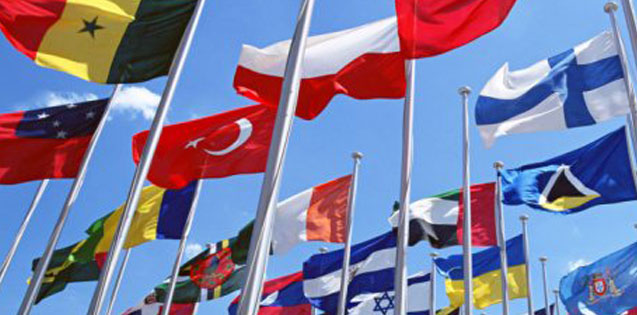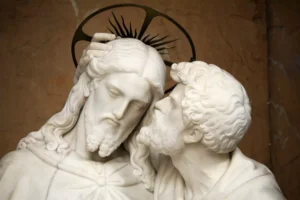In the last 20 years, multiculturalism has increasingly become a hallmark of the western megachurch. A global focus, an ethnically diverse congregation, a mission to reach local communities regardless of race or background — these have become standards of a forward-thinking Christian organization.
I love it. As a TCK (Third Culture Kid), I’ve grown up among people from a variety of places and learned to identify almost 15 different languages (sadly, I only speak one). Truly, the gathering of nations within the body of Christ is a joyful picture of eternity. However, I do have some thoughts on how it can be improved.
Looking at the past 20 years, the growth of multiculturalism within the church has stemmed from a growth in “tolerance” within the western culture. Where 50 years ago racial slurs, workplace discrimination and the marginalization of minorities might have been fairly common, even accepted, today the vast majority of educated society find these attitudes reprehensible.
Thus as society changed, the church, especially in cosmopolitan city centers, needed to change. Their aim being to reach a new generation of socially conscious urbanites and unreached communities with a message of inclusivity. That was, and is, a godly goal. My question is about the implementation.
What Is Culture?
Culture is so much more than food, language and skin color. It’s a way of living. Our culture influences our communication, body language, social and career goals, even our views on God, church and heaven. We can’t simply invite other communities in and expect integration and proper communication.
Here’s an example: Western cultures, especially the educated portions of them, prize sarcasm as the highest form of humor and love to employ it among loved ones. In Asian families, specifically Chinese, if your mom says you’ve gained weight, she means it — straight up — and she probably wants you to do something about it.
Seems like a fairly minor difference, and I’ve left it so intentionally. But even here the implications could be quite large.
A western youth leader making a sarcastic joke about a Chinese youth might unintentionally insult him. Similarly, a Chinese woman might casually greet a member of her small group by telling her she’s gained weight and then start discussing ways to lose it as a way to show care and love.
The list of cultural diversities goes on: individual versus community orientation, direct conflict versus passive aggression, gossip and triangulation versus face-to-face communication, views on presentation, cultural norms of parenting… And those examples are just between the two cultures in which I grew up. Imagine the differences between Latin Americans and Japanese, or Australians and Germans, or even Indians and Canadians (#somebodygonnagethurtrealbad).
What We Can Do
My point is that having a multicultural church is a lot more work than simply slapping up photos of different races on your church website. It takes intentionality, design, leadership understanding, and straight-up sermons on the topic (that are suitable for all cultures). It requires active community buy-in, input from leaders of different communities, and diversity within church leadership at the highest level.
However, even more than that, it takes Christians who know and understand the deep complexities of the multicultural environment. As each of us gains a deeper awareness of cultural differences, a heart to create true diversity within the body of Christ, and the understanding to bridge cultural communication gaps, we will begin to see walls broken and communities coming together not merely to attend the same events, but in heart and mind as well.
I hope our generation, which already has a strong desire for this outcome, will take the lead in this and so remove as many hindrances as possible to the work of the Holy Spirit in our congregations. We can show the world who we are by the love that we have for one another.
Story time! What was your favorite cultural miscommunication mix up? Let us know in the comments below.











